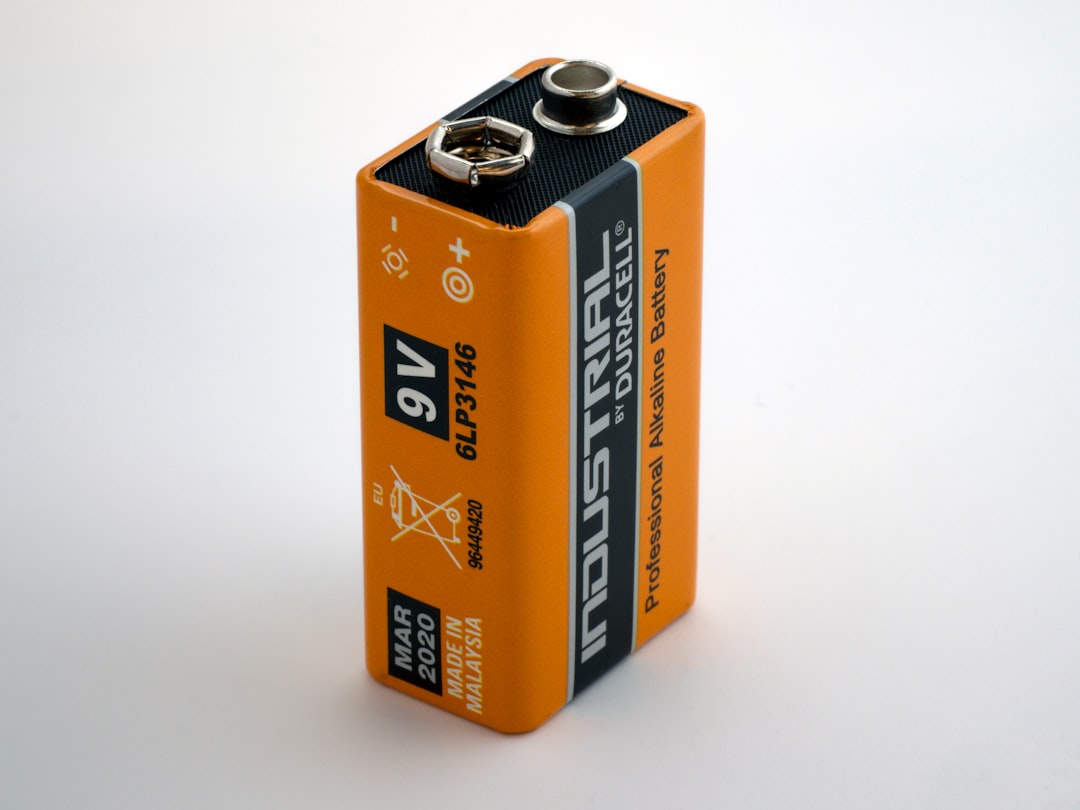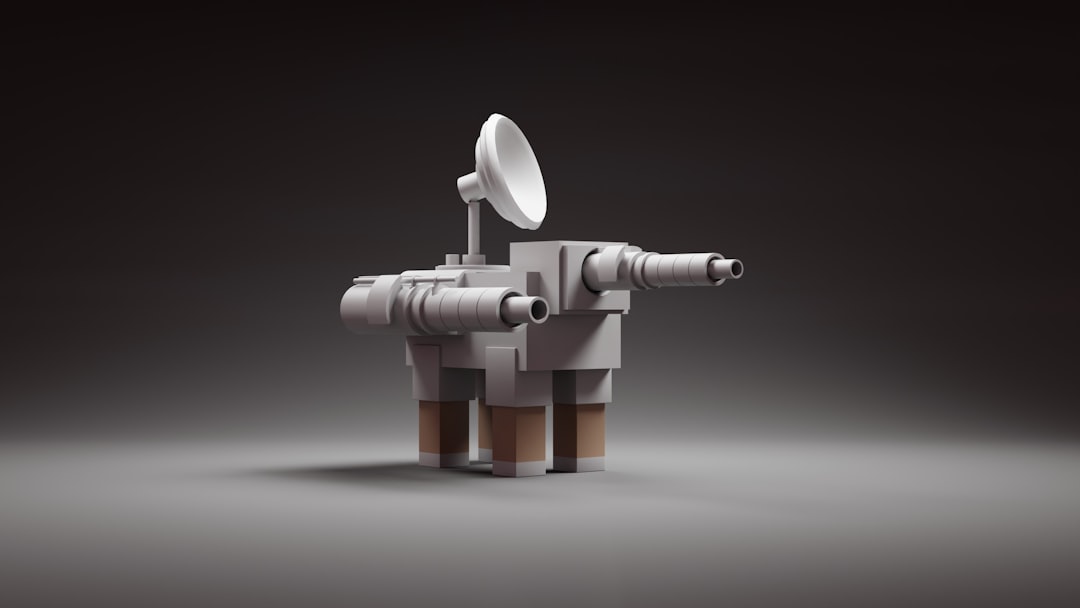What is it about?
In wind turbines, blades are critical design members because performance depends on blade material, shape, twist angle, etc. The problem of internal, mechanical design and material selection for a prototypical -high power- horizontal axis wind turbine blade under static, flap-wise loading is investigated in this study. At first a materials selection methodology has been proposed. A very detailed computational analysis based on finite element modes is developed representing the load-carrying box girder of the blade with a given airfoil shape, size, and the type and position of the interior load-bearing longitudinal beams/shear-webs.
Featured Image
Why is it important?
Results concerning displacements and stresses are generated in this paper using both plane and shell elements with linear and non-linear analyses.From our analysis. The main objective of this study is to further advance the use of computer-aided engineering methods and tools (e.g. material-selection methodologies and geometrical modeling of the interior supporting structure) to the field of development of composite wind turbine blades based on advanced materials, at a local level.
Perspectives
The scope of this paper is to shed some more light into the behavior of wind turbine blade structures under flap wise loading and considering an advanced materials selection for the box girder of the WTB. In particular, a plane model is considered for the simulation of the box girder of a wind turbine blade, with emphasis in materials selection and numerical simulation of the blade. The materials system proposed including substantial amount of sandwich materials in the internal shear webs and the exterior skins, exhibit satisfactory behavior under flap wise loading in agreement with previous studies .
Professor EFSTATHIOS E. THEOTOKOGLOU
National Technical University of Athens
Read the Original
This page is a summary of: Computational analysis and material selection in cross-section of a composite wind turbine blade, Journal of Reinforced Plastics and Composites, December 2014, SAGE Publications,
DOI: 10.1177/0731684414565224.
You can read the full text:
Contributors
The following have contributed to this page










